#artiodactyla
Text
Uncharismatic Fact of the Day
Sperm whales have big heads-- and it's not just from ego! An adult sperm whale's head makes up a third of their body length. Much of its size comes from a set of organs located in the forehead, used for echolocation. These organs contain a substance called spermaceti, a special type of oil; the organs can collectively weigh over 13 tonnes (15 tons) and contain 3.6 tonnes (4 tons) of oil!
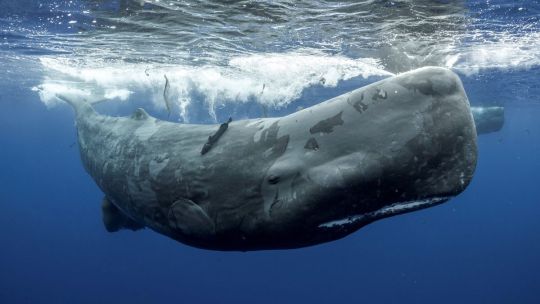
(Image: A shedding sperm whale (Physeter macrocephalus) by Mike Korostelev)
Bonus fun fact: Their scientific name literally means 'Blowhole Bighead'
#sperm whale#Artiodactyla#Physeteridae#toothed whales#whales#cetaceans#ungulates#even-toed ungulates#mammals#uncharismatic facts
40 notes
·
View notes
Text
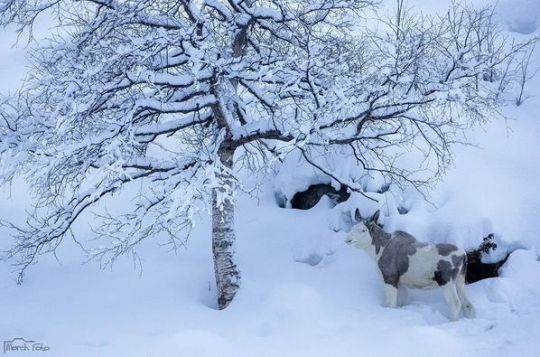

Moose (Alces alces), juvenile, piebald coloration, family Cervidae, eastern Norway
photographed by Thomas Morch
ᴍøʀᴄʜ ғᴏᴛᴏ 🇳🇴 (@m0rch)
7K notes
·
View notes
Photo
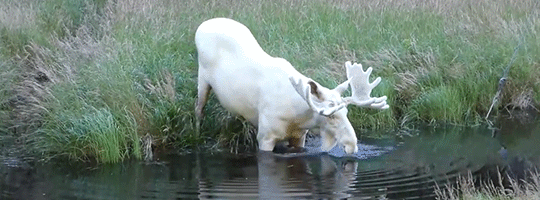
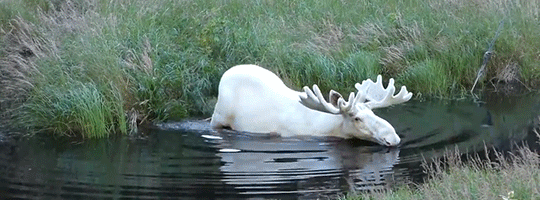
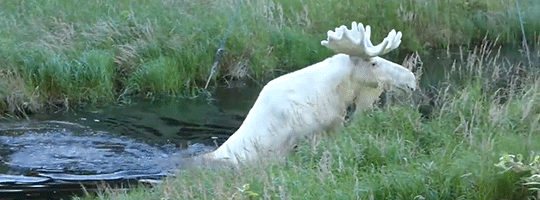
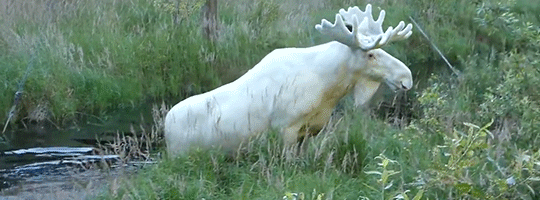
A leucistic moose filmed by municipal councilmember Hans Nilsson in the Värmland region of Sweden (2017)
National Geographic
31K notes
·
View notes
Photo
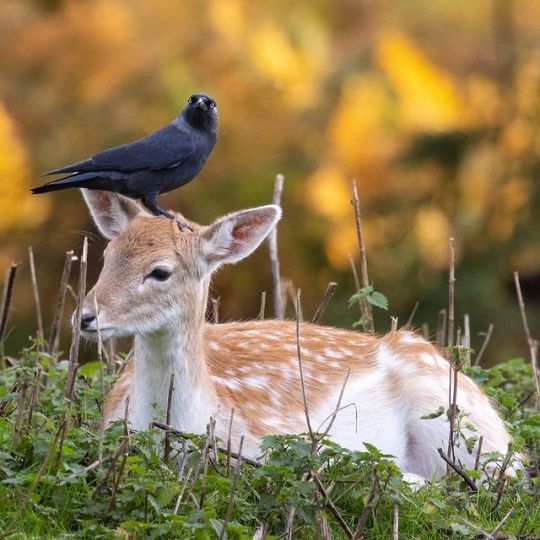
Western Jackdaw & European Fallow Deer
#western jackdaw#jack davison#Coloeus monedula#Passeriformes#Corvidae#Coloeus#bird#european fallow deer#fallow deer#deer#Dama dama#Artiodactyla#Cervidae#Cervinae#Cervini#Dama#upl
4K notes
·
View notes
Text
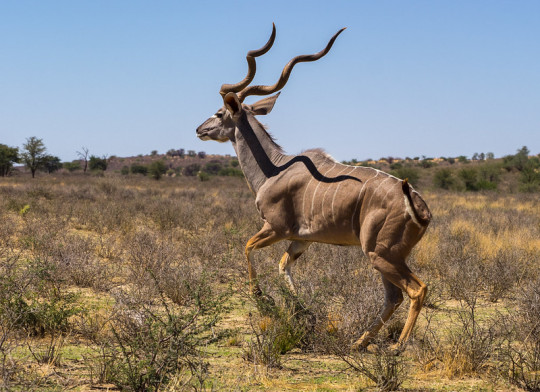
A greater kudu bull (Tragelaphus strepsiceros) in Kgalagadi National Park, South Africa
by jaffles
#greater kudu#kudu#antelopes#bovines#tragelaphus strepsiceros#tragelaphus#bovidae#artiodactyla#mammalia#chordata#wildlife: south africa#wildlife: africa
640 notes
·
View notes
Text

Green Jay (Cyanocorax luxuosus), family Corvidae, order Passeriformes, sitting on top of a Javelina (Dicotyles tajacu), family Tayassuidae, South, TX, USA
photograph by Steve Hillebrand
U.S. Fish and Wildlife Service
#jay#cyanocorax#covidae#passeriformes#bird#ornithology#javelina#dicotyles#tayassuidae#ungulate#artiodactyla#mammal#animals#nature#north america
551 notes
·
View notes
Text
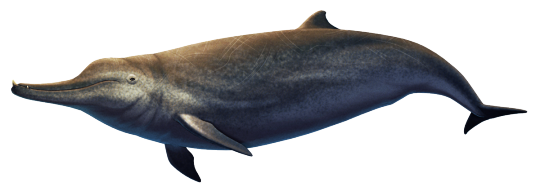
Ninoziphius platyrostris was an early beaked whale that lived during the late Miocene (~6 million years ago) in warm coastal waters covering what is now southwestern Peru. Its ancestors appear to have branched off from all other beaked whales very early in the group's history, indicating a "ghost lineage" going back to at least 17 million years ago.
About 4.4m long (~14'5"), it was less specialized for suction feeding and deep diving than modern beaked whales. Also unlike most modern species its jaws were lined with numerous interlocking teeth, with heavy wear suggesting it may have hunted close to the seafloor, where disturbed sand and grit would have regularly ended up in its mouth along with its prey and steadily ground down its teeth during its lifetime.
Males had a pair of stout tusks at the tip of their upward-curving lower jaw, with possibly a second smaller set of tusks behind them, which were probably used for fighting each other like in modern beaked whales.
Its shallow water habitat and more abrasive diet suggest Ninoziphius' lifestyle was much more like modern dolphins than modern beaked whales, and other early beaked whales like Messapicetus similarly seem to have occupied dolphin-like ecological niches.
These dolphin-like forms disappeared around the same time that true dolphins began to diversify, possibly struggling to compete for the same food sources, while other beaked whales that had begun to specialize for deep sea diving survived and thrived. Interestingly this ecological shift seems to have happened twice, in two separate beaked whale lineages – although only one of them still survives today – with bizarre bony "internal antlers" even independently evolving in both groups.
———
NixIllustration.com | Tumblr | Patreon
References:
Bianucci, Giovanni, et al. "New beaked whales from the late Miocene of Peru and evidence for convergent evolution in stem and crown Ziphiidae (Cetacea, Odontoceti)." PeerJ 4 (2016): e2479. https://doi.org/10.7717/peerj.2479
Bianucci, Giovanni, et al. A new Late Miocene beaked whale (Cetacea, Odontoceti) from the Pisco Formation, and a revised age for the fossil Ziphiidae of Peru. Bollettino della Societa Paleontologica Italiana 63.1 (2024): 21-43. https://www.researchgate.net/publication/380459192_A_new_Late_Miocene_beaked_whale_Cetacea_Odontoceti_from_the_Pisco_Formation_and_a_revised_age_for_the_fossil_Ziphiidae_of_Peru
Gol'din, Pavel. "‘Antlers inside’: are the skull structures of beaked whales (Cetacea: Ziphiidae) used for echoic imaging and visual display?." Biological Journal of the Linnean Society 113.2 (2014): 510-515. https://doi.org/10.1111/bij.12337
Lambert, Olivier, Christian De Muizon, and Giovanni Bianucci. "The most basal beaked whale Ninoziphius platyrostris Muizon, 1983: clues on the evolutionary history of the family Ziphiidae (Cetacea: Odontoceti)." Zoological Journal of the Linnean Society 167.4 (2013): 569-598. https://doi.org/10.1111/zoj.12018
Lambert, Olivier, et al. "No deep diving: evidence of predation on epipelagic fish for a stem beaked whale from the Late Miocene of Peru." Proceedings of the Royal Society B: Biological Sciences 282.1815 (2015): 20151530. https://doi.org/10.1098/rspb.2015.1530
#science illustration#paleontology#paleoart#palaeoblr#ninoziphius#ziphiidae#beaked whale#odontoceti#toothed whale#cetacean#whale#artiodactyla#ungulate#mammal#art
233 notes
·
View notes
Text
(Originally posted in this FB group)
That's a heck of a leap; gotta be about, what twenty-five feet or so? Wonder what it would have been with a clean, unimpeded landing? Hope the deer was okay after the adrenaline wore off. Ironically, the person pulling up in the SUV was there to buy the (apparently flawless pre-crash-landing) pickup, and the original post is full of people asking "But did they end up buying the truck anyway?"
#deer#wildlife#white-tailed deer#buck#mammals#animals#nature#ungulates#artiodactyla#irony#isn't it ironic#ecology#video#funny#humor
395 notes
·
View notes
Text
"Wild Yak"
2022

Wild Yak (Bos mutus)
Really underrated bovids. They are really huge, bigger even than African buffaloes, a fact I was reminded of when I saw a video circulating of a wild yak mingling with a herd of domesticated ones, and it towered over them.
#wild yak#yak#bovidae#artiodactyla#animals#animal art#wildlife#wildlife art#realism#photoshop#art#artists on tumblr#mexican artist#autistic artist#dartxo
291 notes
·
View notes
Note
You said earlier that all whales are evolved from a hooved ancestor. Is there any remaining hoovery in modern day whales? Which is to say, do today's whales have any remnants of hooves?
Well, baleen whales are a lot like giant hoovers, vacuuming up vast quantities of krill, but I know that that is not what you meant by 'hoovery'.
No, there are no remnants of hoofs in whales, unlike the fingernails of manatees. The hallmarks of their artiodactyl affinities lie among other features. Important to note that although the group is named after their digits, there are a host of other features that unite them.
122 notes
·
View notes
Text
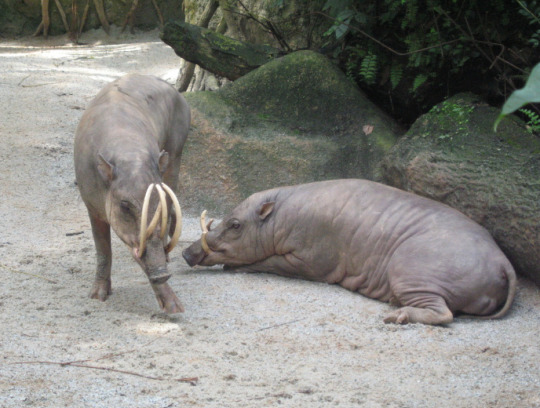
Sulawesi Babirusa (Babyrousa celebensis)
Family: Pig Family (Suidae)
IUCN Conservation Status: Vulnerable
Native to the islands of Sulawesi, Pulau Muna, Butung and Lembeh in Indonesia, the Sulawesi Babirusa is a small, slender, almost entirely hairless species of wild pig best known for the four enormous curled tusks seen in adult males (which are derived from highly elongated canine teeth,) although adult females also possess a single pair of smaller, less elaborate tusks protruding from their lower jaws. The tusks of a male babirusa are used to intimidate rival males and impress potential mates (with females generally preferring males with larger, curlier tusks,) although despite their impressive appearance they are brittle and unsuited for fighting; males generally resolve conflicts through intimidation alone, but if a fight does occur they instead rear up onto their hind legs and strike at each other with their front hooves, similar to a clumsier version of the boxing behaviour of hares. Typically inhabiting dense forests or canebrakes (forest-like areas dominated by tall bamboo of the genus Arundinaria,) members of this species tend to remain near permanent bodies of water such as rivers and large ponds and feed mainly on fallen fruit, although like other pig species they are unspecialised omnivores and will also readily consume leaves, roots and small invertebrates. Female Sulawesi Babirusas live in groups of around 15 adults accompanied by their young, while males are generally solitary outside of the mating season (between January and August). Unlike most pigs females of this species produce only small litters of 1-2 piglets each year, with young being born tuskless and covered in a coat of short, reddish-brown hair.
--------------------------------------------------------------------------
Image Source: https://www.inaturalist.org/taxa/74099-Babyrousa-celebensis
#Sulawesi Babirusa#babirusa#pig#pigs#suidae#zoology#biology#mammalogy#animal#animals#wildlife#Asian wildlife#Indonesian wildlife#ungulates#ungulate#even-toed ungulate#even-toed ungulates#artiodactyla#artiodactyls#wild pig#wild pigs#mammal#mammals
32 notes
·
View notes
Text
Uncharismatic Fact of the Day
Most people don't like to be whistled at on the street, but for male kob antelope it's an essential part of attracting a mate! Males in their prime gather at a designated breeding ground, called a lek, and whistle to gather the attention of nearby females, who then chose a partner based on his fitness and ability to fight off rivals.
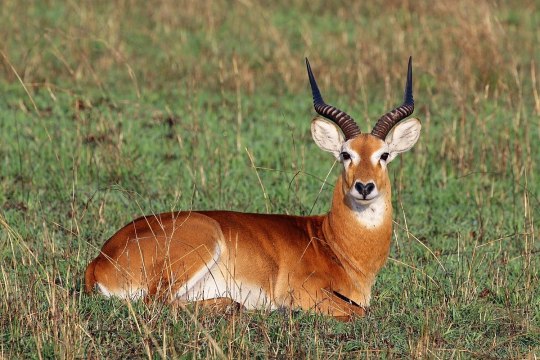
(Image: A male kob (Kobus kob) by Charles Sharp)
If you like what I do, consider buying me a ko-fi!
#kob#Artiodactyla#Bovidae#bovids#ruminants#even-toed ungulates#ungulates#mammals#uncharismatic facts
209 notes
·
View notes
Text
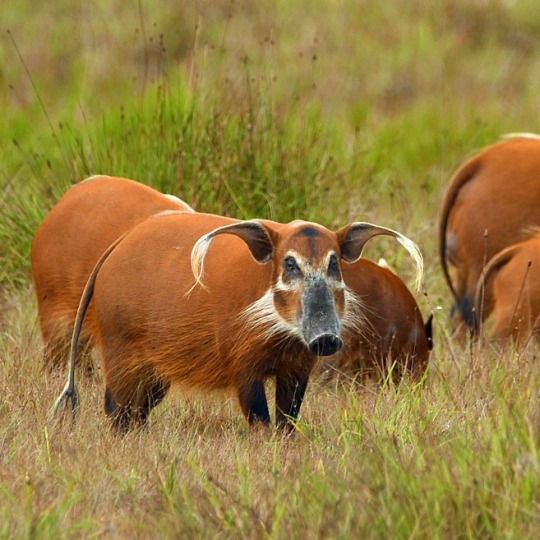
Red River Hog (Potamochoerus porcus), family Suidae, found across much of tropical west-central Africa
photograph by roylesafaris
2K notes
·
View notes
Text

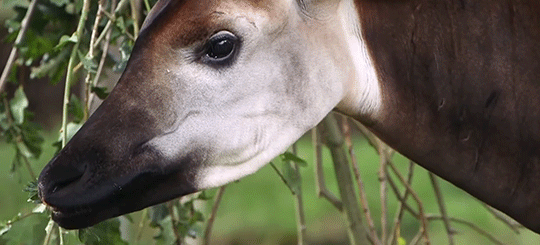

Although the okapi is currently listed as endangered there are programs in zoos across the world dedicated to protecting and breeding them.
©ZSL
1K notes
·
View notes
Photo

American Bison & Common Starling
#american bison#bison#Bison bison#Artiodactyla#Bovidae#Bovinae#Bovina#american buffalo#buffalo#common starling#starling#Sturnus vulgaris#Passeriformes#Sturnidae#Sturnus#bird#upl
170 notes
·
View notes
Text

An Indian bison or gaur (Bos gaurus) in Satpura Tiger Reserve, India
by Gary Faulkner
#indian bison#gaur#bovines#cattle#bos gaurus#bos#bovidae#artiodactyla#mammalia#chordata#wildlife: india#wildlife: asia
777 notes
·
View notes